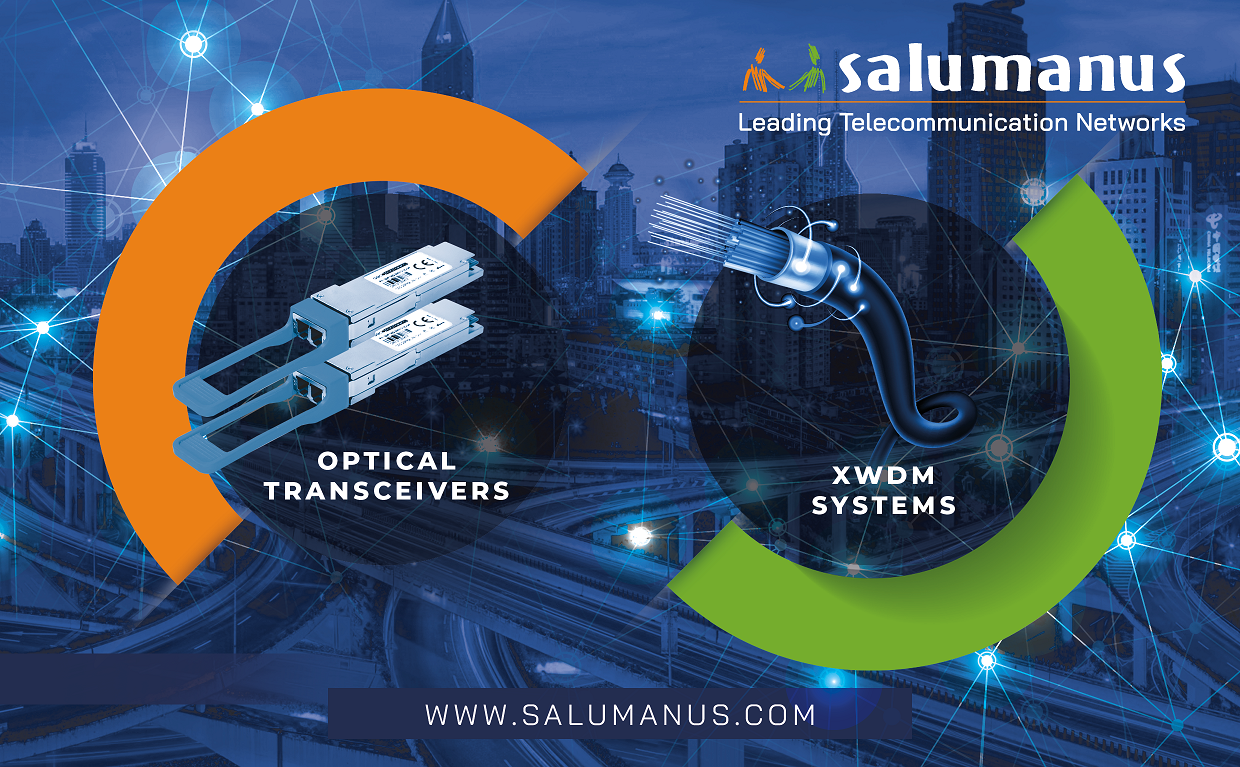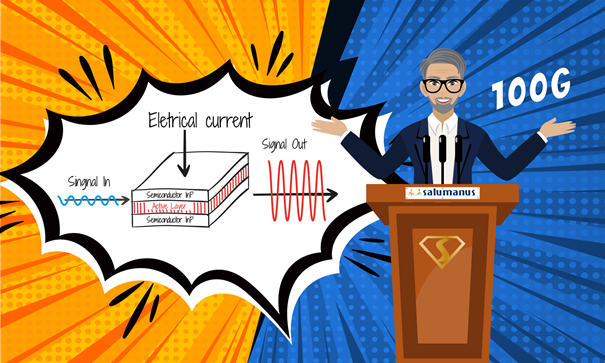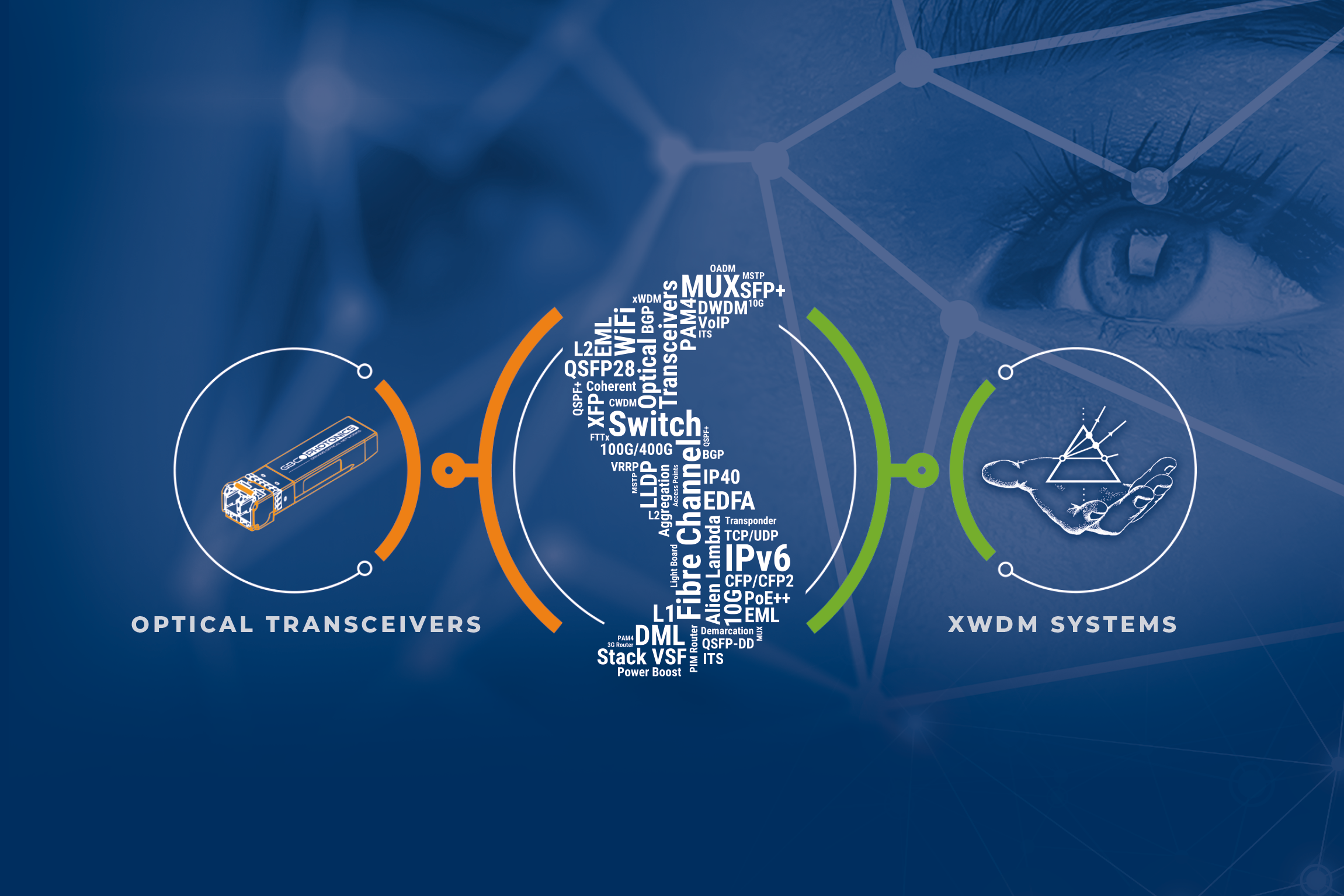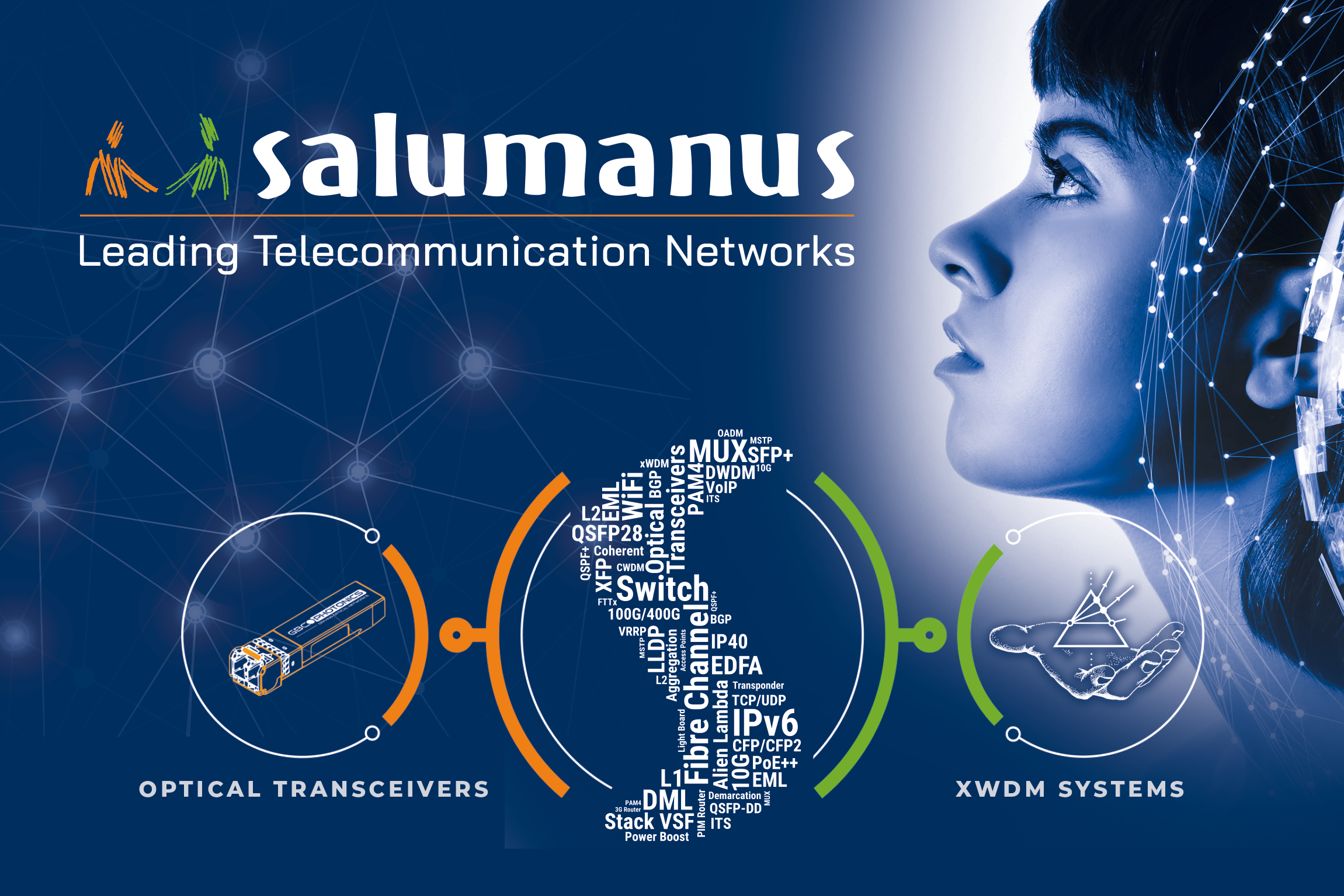
Networking and internet communication have always been the primary enablers of numerous technologies enterprises use today. The growing generations of wireless transmission, concerning high speed and low latency, help different technologies operate even from greater distances. Over the past two decades, mobile networking and technology have evolved significantly. It helped reshape global communication and contributed to a new industrial revolution. 4G (Fourth Generation), launched around 2009–2010, brought about a digital revolution by enabling fast mobile broadband, high-definition video streaming, seamless VoIP calls, and app-based ecosystems.
From video conferencing going mainstream to the use of online services like Uber, Instagram, and Netflix, it offered data speeds of up to 100 Mbps. Then, network engineers introduced 5G with new upgrades and a promise of even faster data (up to 10 Gbps), ultra-low latency, and the capacity to connect billions of IoT devices, autonomous vehicles, smart manufacturing, and real-time remote surgery. This article is a continuation of how 5G is enhancing with the advent of 6G. It will also highlight how this new leap in connectivity will help enterprises and other sectors of the nation.
The 5G Network (2022 to Present)
5G stands for fifth-generation network and communication technology. Like 4G and earlier networks, it uses radio waves to transmit data. Unlike 4G, 5G operates on a higher frequency, providing more bandwidth. 5G brings you faster internet with almost no lag, like getting instant responses instead of waiting. It uses precisely positioned antennas, enabling users to connect multiple devices without any hiccups. Instead of giant cell towers far apart, 5G creates a web of smaller stations nearby. Together, these upgrades mean you can stream ultra-HD videos smoothly and enjoy lightning-fast reactions when gaming or video calling – it just feels more responsive in everyday use.
The 6G Network – The Future
6G is the latest generation of networks with an evolutionary leap in wireless communication technology. The 6G network technology is still in progress, and countries such as China, the USA, and the UK have shown significant improvement. 6G aims to deliver unprecedented speeds, potentially reaching one terabit per second, which is 100 times faster than the highest speed of 5G. It has near-zero latency measured in microseconds rather than milliseconds.
This transformative technology will offer higher-frequency terahertz (THz) waves, advanced artificial intelligence integration, and sophisticated network architectures. It will enable holographic communications, perfect wireless VR/AR experiences, real-time sensors, and IoT-controlled smart cities. Unlike previous network generations, engineers are designing 6G to merge terrestrial, aerial, and satellite networks into a seamless 3D-like web of connectivity, ensuring global coverage, including remote areas, deserts, and oceanic regions.
What Technologies Will Enable 6G?
Various technological breakthroughs, advancements, and innovations are helping engineers shape the 6G technology. Let us dive into the key enablers of 6G.
1. Terahertz (THz) & Sub‑THz Communications
It operates within an ultra-high bandwidth of around terabit per-second data rates, spanning a 100-GHz to 3-THz spectrum.
2. AI-native technology
6G is also planning to integrate Artificial Intelligence (AI) for efficient network designing, resource allocation, and self-optimizing. The use of Edge AI technology within the network will help enterprises process data closer to sensors and devices. It will reduce latency, offload the cloud, and guard privacy, thereby empowering real‑time automation.
3. Integrated sensing and communication
Engineers are also combining data transmission with environment sensing (radar, imaging, etc.) to enable network-aware capabilities, such as gesture mapping, object detection, environment awareness, and network-as-sensor concepts.
4. Non-Terrestrial Networks (NTN) & Satellite Integration
6G is also excellent because it combines terrestrial networks with non-terrestrial satellites, High Altitude Platforms, and UAVs for global coverage, including remote zones.
Benefits of 6G across Enterprise Workloads
The advent of 6G will revolutionize the way how professionals across enterprises and sectors will process their workloads. It is poised to redefine enterprise systems across industries by presenting transformative capabilities, including terabit-speed connectivity, AI-native networking, ultra-low latency, integrated sensing, and global non-terrestrial coverage. Let’s dive deep into the benefits 6G will bring to enterprise-grade workloads.
1. Ultra-fast, Reliable Communication
Since modern enterprises are dependent on IoT devices, sensors, and edge connectivity, apart from cloud computing, reliable communication has become the backbone for daily workloads. That is where 6G networks can support data transmission rates up to 1 Tbps. It will deliver a 100x improvement over 5G. From instantaneous data exchange to real-time data fetching for modeling and AI utilization, or improved telepresence, real-time collaboration, and video conferencing for hybrid workplaces, 6G will make connectivity omnipresent. With seamless responsiveness, AI-assisted surgery, autonomous vehicles, and swarm intelligence will reach their peak utilization.
2. Augmented reality, Mixed reality, and Holographic Collaboration
The future of e-commerce, gaming, and entertainment will depend heavily on online streaming, Augmented Reality (AR), Mixed Reality (MR), and holographic displays. To render such high-end immersive graphics, enterprises need state-of-the-art network connectivity and speed. Holographic conferencing and mixed reality will enable 3D, life-like virtual meetings backed by a 6G network. Immersive online training for industries like aerospace, radioactive work environments, healthcare, and oil or gas refineries can reduce training costs and minimize life-threatening risks.
3. Revolutionize Remote Operations
6G will be a catalyst for the next phase of remote and distributed enterprise models. Modern enterprises leverage real-time data and access to apps and services such as predictive cyber threat intelligence, satellite imagery-based logistics prediction, and anticipate market demand. On the other hand, various other sectors use haptic interfaces, drones, autonomous systems, and robotics to perform day-to-day work. From handling data-driven services to remote workforces, seamless networking is the key. 6G will revolutionize the remote workforce in rural areas through its satellite and non-terrestrial network integration.
4. Bolster Enterprise Security and Privacy
In every digital transformation, security remains a top concern. Enterprises are spending millions, if not billions, on infrastructure security. AI-driven anomaly detection at the network layer can intercept threats before they affect enterprise systems. Again, quantum-safe cryptosystems and blockchain-based authentication help secure data exchange over a high-speed network. Lastly, identifying security breaches and threats in real-time requires a low-latency network infrastructure to identify threats on edge devices and IoT systems.
5. Industrial and Economic Growth
R&D and manufacturing ignite as the stem cells of every nation. Economic growth and stimulus are possible through proactive research, innovation, and exclusive in-house manufacturing, where the network plays a significant role. High-speed networks like the 6G can facilitate such growth by bridging the gap. Satellite + non-terrestrial network will provide connectivity in rural and remote areas worldwide. It also helps extend education, health, and commerce to the lowest-tier towns and cities, pushing them toward urbanization. Development of high-tech sectors such as robotics, biotech, autonomous logistics, and immersive entertainment — all depend on 6G’s seamless network.
Industries that will Benefit from 6G
Various industries and business sectors will extract the benefits of 6G. Numerous market research forecast that the Compound Annual Growth Rate (CAGR) of IoT, smart city rollouts, healthcare, and mobility will exceed 50% by 2030, driven by investments. Another report predicts that the global smart cities market size will reach 620.5 billion USD by 2025. It is anticipated to witness a CAGR of 18% during the forecast period with a value of 1,256.8 billion USD by 2032. Let us explore the various sectors that will leverage 6G technology holistically.
Healthcare: Real-time diagnostics, remote telesurgery, AR-based remote checkups, and haptic feedback for surgeons are all possibilities of the next-generation healthcare industry driven by 6G technology.
Autonomous driving systems & smart mobility: With almost no latency, 6G can offer state-of-the-art connectivity to autonomous cars. It will make cities smart by offering smart mobility across streets. Autonomous drones, flying taxis, and remote fleet control via Ultra-Reliable and Low-Latency Communications (URLLC), NTN, and edge AI will also be a reality through the 6G network.
Smart factories with advanced automation: Technologies in 6G, like URLLC, enable on-the-go coordination in assembly lines, RPAs, and robotics. Again, mMTC couples sensor webs, and AI optimizes operations dynamically in smart factories, making tasks seamless with high-speed networks.
Immersive Experiences & Metaverse: XR classrooms, seamless holographic calls, virtual tourism, near-real simulations, and 3‑sense computing (touch, vision, and potentially smell) will become common elements across entertainment industries. High-speed bandwidth can stream different forms of data without lag. 6G can also enable mixed reality via cyber‑physical synchronization.
Challenges of 6G Technology
Apart from the numerous advantages it offers across various sectors, 6G technology also faces some challenges.
6G demands vast and high-frequency bandwidth, especially in the sub-terahertz (sub-THz) range (100 GHz – 3 THz). Spectrum in the 7–24 GHz range is also critical for bridging current 5G to future 6G deployments.
6G will be utilizing THz and sub-THz frequencies. It will have extremely short wavelengths. These are highly susceptible to signal degradation, especially when we encounter physical obstacles, weather, and atmospheric absorption.
Running terahertz network speed and signalling equipment generates complex signal processing triggers that produce excessive heat and require high power consumption. THz transmitters, receivers, and ADCs (Analogue-to-Digital Converters) are extremely power-hungry.
Companies that will initiate these advanced networks will have to build massive infrastructures to support 6G’s high bandwidth and latency demands. From sophisticated fibre optics to edge computing, satellites, HAPs, etc., connecting even remote areas will be cost-intensive.
We have gathered insight that 6G is not just a faster cellular network; it will converge terrestrial and non-terrestrial networks. It will also help AI ecosystems and sensor data architectures, making the regulatory landscape more complex than ever.
Wrapping Up
We hope this article provided a concrete understanding of what 6G is and how it is better than 5G. It also catered to a crisp idea of the overall benefits of 6G and various industries that will benefit from it. 6G promises to radically transform the digital ecosystem – revolutionizing various fields ranging from healthcare and AI to real-time data analytics and remote operations. But it also brings multi-layered, interdependent challenges.
However, scientists and engineers are fixing the challenges to make 6G the next-generation network connectivity. 6G is not just a technological evolution—it is an enabler of the digital revolution at the enterprise scale. We will soon see the seamless convergence of AI, connectivity, sensing, security, and automation create a robust foundation for intelligent enterprise systems. Every nation will benefit from it, especially while designing smart cities and gigafactories. To know more, explore our innovative digital solutions or contact us directly.









